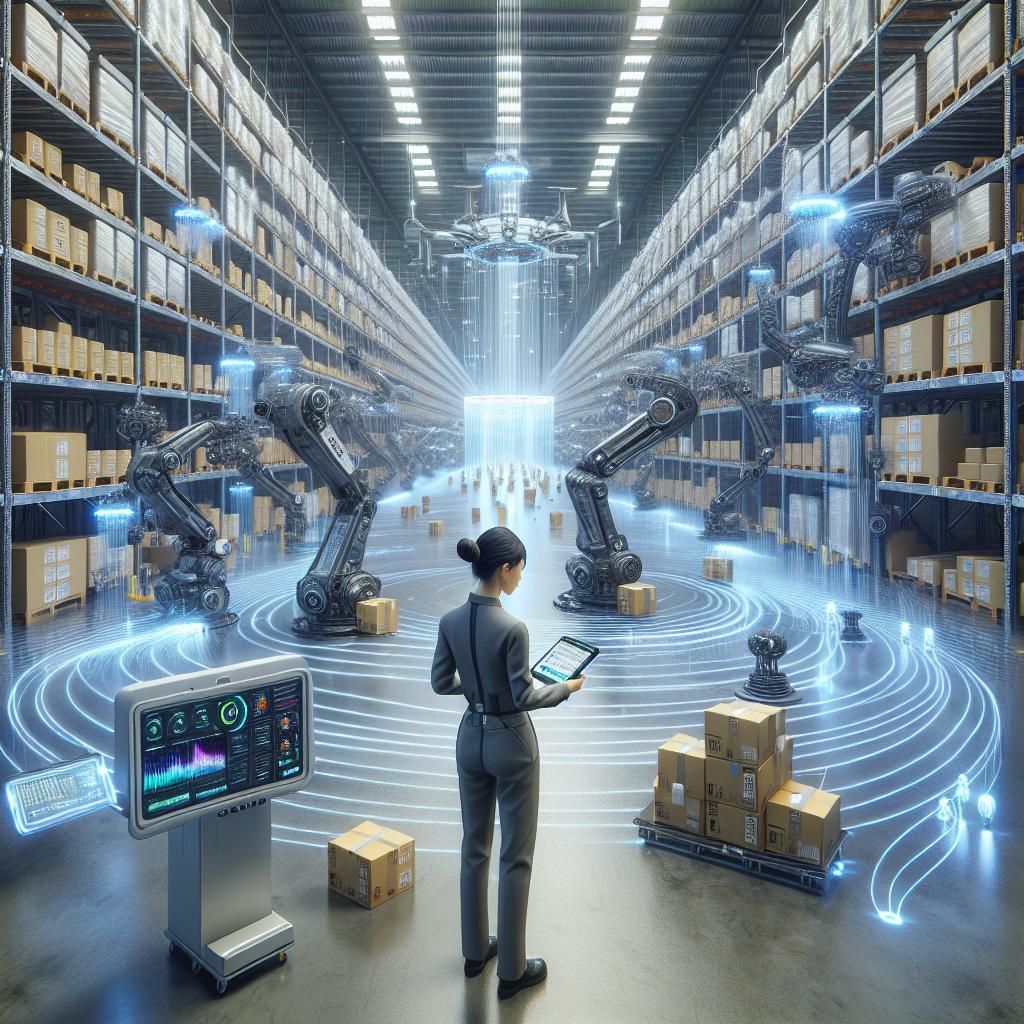Amazon Uses Arsenal of AI Weapons Against Workers
In recent years, Amazon has transformed from a simple online bookstore into a colossal tech behemoth, dominating not only the retail landscape but also altering the nature of work itself. While the convenience of online shopping has become a staple of modern life, the underlying practices within Amazon’s warehouses have raised serious ethical questions. At the heart of these concerns lies the company’s deployment of sophisticated Artificial Intelligence (AI) technologies to monitor and manage its workforce.
The Role of AI in Amazon’s Operations
Amazon’s use of AI is multifaceted, impacting everything from inventory management to customer service. However, the most alarming aspect of this technological arms race is its application in monitoring employee performance. The company employs an array of surveillance tools, including facial recognition software, wearable technology, and advanced analytics to track employees’ movements, productivity, and compliance with work protocols.
This relentless monitoring has significant implications for worker autonomy and mental health. Employees are pressured to meet stringent performance metrics, with AI systems often functioning as both overseers and judges. The continuous stream of data collected by these systems can create an atmosphere of anxiety and fear, as workers know they are being constantly evaluated and ranked.
How AI Affects Work Conditions
The pressure to meet high standards set by AI systems can lead to a toxic work environment. Reports have surfaced revealing that many Amazon workers experience stress-related illnesses, including anxiety and depression. The fear of being penalized or, worse, terminated based on AI-driven assessments can lead to an unhealthy workplace culture.
Moreover, the technology used by Amazon often lacks transparency. Employees may not fully understand how their performance is evaluated or what criteria the AI uses to determine success. This lack of clarity can create confusion and resentment, further contributing to a hostile work environment.
AI and Job Security
As AI technologies become more integrated into Amazon’s operations, the question of job security looms large. Automated systems can streamline processes and reduce the need for human labor, leading to significant job displacement. While Amazon has publicly committed to creating jobs and investing in its workforce, the reality of AI’s capabilities casts a shadow over these claims.
Many workers are left feeling vulnerable, knowing that their roles could be replaced by machines at any moment. This precarious situation raises ethical concerns about the future of work in an age dominated by AI, with Amazon at the forefront of this transformation.
The Human Cost of Automation
While automation and AI can drive efficiency and reduce costs, the human cost is often overlooked. At Amazon, the drive for profit maximization can lead to the exploitation of workers. In pursuit of higher productivity, the company has implemented rigorous quotas that can sometimes be unattainable. When workers fail to meet these quotas, they face disciplinary action, which can include termination.
Critics argue that this relentless drive for efficiency undermines the quality of work life, turning employees into mere cogs in a vast machine. The lack of job satisfaction and the constant threat of losing one’s job can lead to high turnover rates and a diminished sense of community among workers.
Employee Resistance and Unionization Efforts
In response to these oppressive conditions, employees have begun to organize and advocate for their rights. Unionization efforts have gained traction, with workers seeking better wages, improved working conditions, and a voice in their workplace. However, Amazon has been known to actively resist these efforts.
The company employs a range of tactics to quell unionization, from anti-union campaigns to hiring consultants who specialize in defeating union drives. This resistance underscores the lengths to which Amazon will go to maintain its control over its workforce and the technologies it employs.
The Future of Work at Amazon
As AI continues to evolve, so too will the challenges facing Amazon’s workforce. The company’s reliance on technology raises critical questions about the future of work, including the balance between efficiency and employee well-being. Will Amazon adapt its business model to prioritize the rights and welfare of its workers, or will the relentless pursuit of profit prevail?
Ultimately, the trajectory of work at Amazon will depend on the collective actions of employees, advocacy groups, and the broader society. As consumers, we must critically evaluate our role in this ecosystem and consider the ethical implications of our purchasing decisions.
A Call to Action
It is imperative that we acknowledge the human cost of the technologies that empower our modern conveniences. As Amazon continues to leverage AI in its operations, we must advocate for transparency, fairness, and respect for workers. Supporting unionization efforts, advocating for ethical labor practices, and making informed consumer choices are all steps we can take to ensure that the future of work is not only efficient but also humane.
In conclusion, the technological advancements heralded by companies like Amazon come with significant responsibilities. As we embrace AI in our daily lives, we must also remain vigilant about its application and advocate for a future where technology serves humanity, not the other way around. The time to act is now; the stakes are high, and the future of work hangs in the balance.



